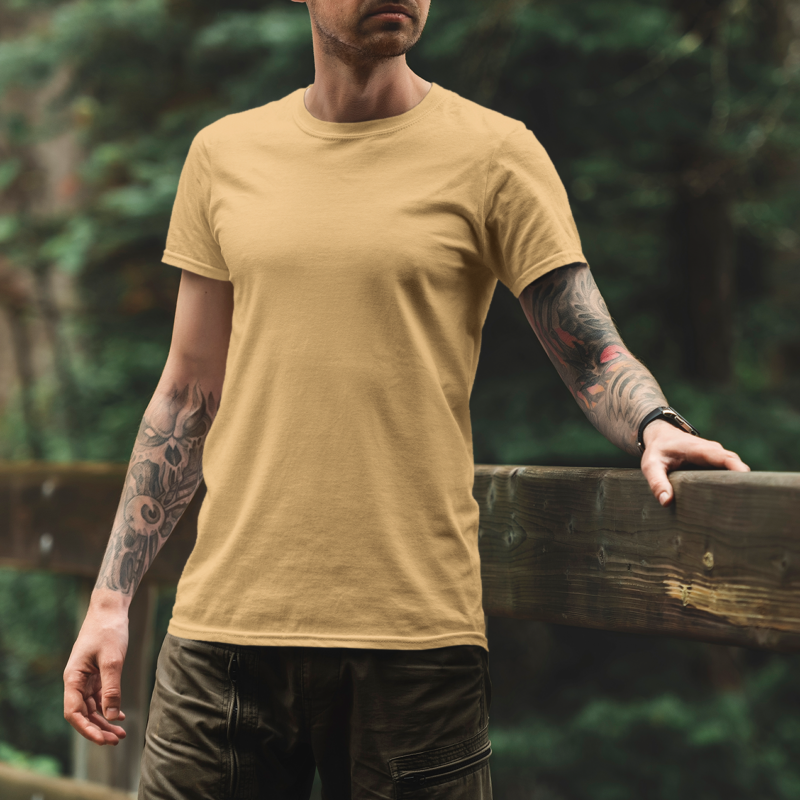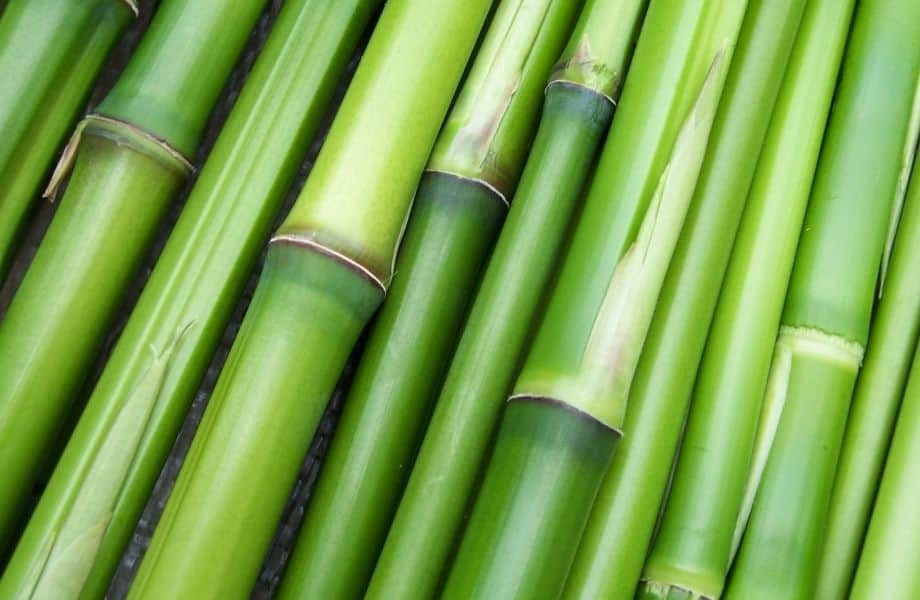Good Info To Picking Bamboo Clothes
Wiki Article
What Are The Advantages Of Low Impact Fibre Hemp Clothing For The Environment?
Low impact fabric hemp clothing offers a variety of environmental advantages in comparison to clothing made of synthetic fibers and cotton. Hemp clothing is environmentally friendly. It is a rapid-growing crop that requires lesser water, pesticides, or herbicides than other crops. Hemp is able to adapt to a variety of soil types and climates, which reduces the requirement for chemical fertilizers in agriculture.
Hemp usually uses significantly less water than traditional cotton. Cotton is known for consuming lots of water. This makes hemp a much more sustainable option for garment production.
No Pesticides and Herbicides- Hemp can be grown without the need to use synthetic pesticides or herbicides in many cases, reducing the environmental impact of chemical farming.
Hemp is beneficial for soil health. The deep roots of the plant prevent compaction and erosion. This helps make the soil more fertile for future plantings.
Biodegradability Hemp fibers are naturally degraded and can be biodegraded over time. In contrast, synthetic fibers such as polyester may take hundreds of years to decay.
Lower Carbon Footprint- The production of hemp fibers generally has a smaller carbon footprint compared to synthetic materials. Hemp can also be a carbon sink because it absorbs CO2 from the air while growing.
Hemp clothes are known for being durable and lasts for a long time. Good quality hemp clothes will last for a long time. This means that you won't have to replace them often and also reduce consumption.
Hemp plants are naturally intolerant against pests. This means that there is less requirement for pesticides.
Hemp is a versatile fabric that can be made into clothing, bags or accessories.
Regenerative agriculture- Some sustainable farming methods integrate hemp into regenerative agricultural systems, which aim at restoring and improving ecosystems while producing plants. This practice can have positive environmental impacts.
The overall sustainability of clothing is dependent on a variety of factors, including the dyeing process and transportation, as well as customer behaviour. Additionally, as with any other industry, there may be variations in the production methods and standards. Therefore, it's recommended to seek out certified organic or sustainable hemp clothing options to ensure the highest quality of life. See the best weblink on hemp clothes for blog recommendations including hemp jeans mens, patagonia hemp pants, hemp shirts, hemp clothing near me, patagonia hemp island pants, hemp sweater, hemp pants, hemp yoga pants, hemp clothing, patagonia hemp pants and more.

What Is The Hemp-Based Clothing's Performance To Other Fibres In Terms Of Performance And Quality?
Hemp clothing offers a variety of technical and functional benefits over traditional textiles. It's also environmentally green. Hemp clothing is a great eco-friendly option because it's breathable and moisture-wicking.
Hemp fibers help wick away moisture from your body, keeping you cool and dry in hot temperatures. They are able to help wick away the moisture that is absorbed by skin, keeping you cool during hot weather.
Temperature Regulation
Hemp clothing is very thermoregulatory and breathable. Hemp clothing helps to keep you warm by trapping heat close to your body and cool you down in hot temperatures because it allows heat and moisture to escape. The natural temperature regulation reduces the necessity to regularly change clothes.
Durability and long-term durability-
Hemp fibres are well-known for their durability. Hemp clothing has a tendency to be more robust and resistant to wear and more durable than other fibers. The long-lasting nature of hemp clothing is that it lasts longer, decreasing the requirement to replace it and, consequently, the environmental impact.
UV Protection
Hemp fibers help protect skin by blocking harmful UV radiations. This can be particularly useful for outdoor activities.
Biodegradability:
Hemp clothing is biodegradable, meaning it will break down naturally as it is disposed of. The environmental impact of textiles is diminished by this property, as opposed to synthetic fibers which can remain in landfills for many years.
Low environmental impact-
Hemp cultivation is less dependent on synthetic pesticides compared to cotton. It is also more environmentally green since it uses less. Hemp farming organically enhances the green features.
Carbon Sequestration
Hemp can be utilized to remove CO2 from the atmosphere. In this way, hemp is able to be used as a carbon sink in order to aid in reducing greenhouse gas emissions.
Sustainable Crop Rotation
Hemp can easily be integrated into crop-rotation systems to improve the overall health of the soil. It also reduces the chance of soil depletion or accumulation of diseases. This sustainable farming method can help reduce environmental impacts.
Versatility:
Mixing hemp fibers and other natural materials like organic cotton and recycled polyester is a way to make eco-friendly and high-performance fabric blends. This versatility enables the development of new, sustainable textile products.
Low Toxicity
Hemp is naturally low in toxics and doesn't require extensive processing using chemicals to make it, thus reducing the environmental impact.
It's important to note that while hemp has numerous environmental and practical benefits, the overall sustainability of clothing is contingent on the dyeing process transport, ethical methods of labor. To make eco-friendly choices, customers can search for clothing brands who prioritize the environment, transparency ethical manufacturing practices, and hemp, or other sustainable fibers. Follow the most popular hemp clothes hints for blog advice including hemp yoga clothes, patagonia hemp jacket, womens hemp clothing, jungmaven clothing, hemp sweatpants, mens hemp trousers, hemp hoodie, patagonia hemp pants, hemp athletic wear, hemp t shirt mens and more.

What's the main difference between hemp fiber and bamboo fiber?
There are numerous differentiators between bamboo and hemp and bamboo, as well as their distinct characteristics. Here are a few of the most significant differences between hemp fiber and bamboo fibre- 1. Plant Source-
Hemp- Hemp fibres are constructed from the bast of stalks. Hemp has been used for a variety of reasons over through the ages. Hemp is a rapidly growing, versatile plant.
Bamboo- Bamboo fibers are derived from the pulp of the bamboo plant. Bamboo is a grass that grows quickly and is renowned for its sustainability.
2. Fiber Characteristics
Hemp- Hemp fibers are known for their durability and strength. They are a natural fiber which soften and become more supple after washing, which makes them ideal for making long-lasting textiles.
Bamboo- Bamboo fibres are soft and silky with a silky smooth texture. The fibers are not as strong than hemp, but they are also more delicate. However they are extremely sought-after for their comfort when placed against the skin.
3. Texture Feel, Look and Texture-
Hemp Fabric Hemp is a fabric with a texture and a more coarse feel in its original state. It can be comfy however it has a different texture to bamboo.
Bamboo- Bamboo fabric feels soft, silky and incredibly soft. It is often compared with silk, which is a blend of twill, making it very comfy.
4. Breathability, Moisture Wicking, and Breathability
Hemp- Hemp is naturally air-tight. Hemp also absorbs moisture. They can help keep your body dry and cool in hot conditions.
Bamboo Fibers- Bamboo fibres have a high amount of breathability as well as moisture wicking. They are made up of micro-gaps that improve their ability to regulate temperature and humidity. This helps you stay comfortable in different conditions.
5. Environmental Impact-
Hemp Hemp is a type of fiber which is considered green due to the fact that it requires minimal water, grows quickly and has a good resistance to insects. It also reduces herbicide and pesticide usage. It can also remove carbon dioxide from atmosphere when it expands.
Bamboo- Bamboo is renowned for its long-lasting nature. It is fast growing, requires minimal water, and is easy to grow without synthetic pesticides. Certain bamboos are considered to be sustainable, including Moso bamboo.
6. Processing-
Hemp- Hemp fibers require extensive processing to separate the outer bast fibers and the woody core. The process can involve retting and decortication, as well as mechanical separation.
Bamboo The bamboo fibers are obtained using a chemical called the viscose, or rayon process. Bamboo pulp is degraded using chemicals. This process can be harmful for the environment if not handled responsibly. However, some bamboo textiles use closed loop methods that help reduce the amount of chemical waste.
7. Versatility-
Hemp Fibers Hemp fibers can be used for a variety of applications, including clothes, textiles papers, and construction materials.
Bamboo fibers are used in many products, including sheets and towels.
Both bamboo and hemp have distinctive properties that provide the benefits of sustainability. The choice between these two depends on which qualities you look for in a cloth and your environmental preference. Follow the recommended see page for website info including bamboo shorts, bamboo shorts womens, bamboo twirl dress, organic bamboo pajamas, bamboo terry fabric, bamboo tee shirts women, bamboo tee shirts wholesale, checkered bamboo pajamas, faceplant pajamas, bamboo terry fabric and more.
